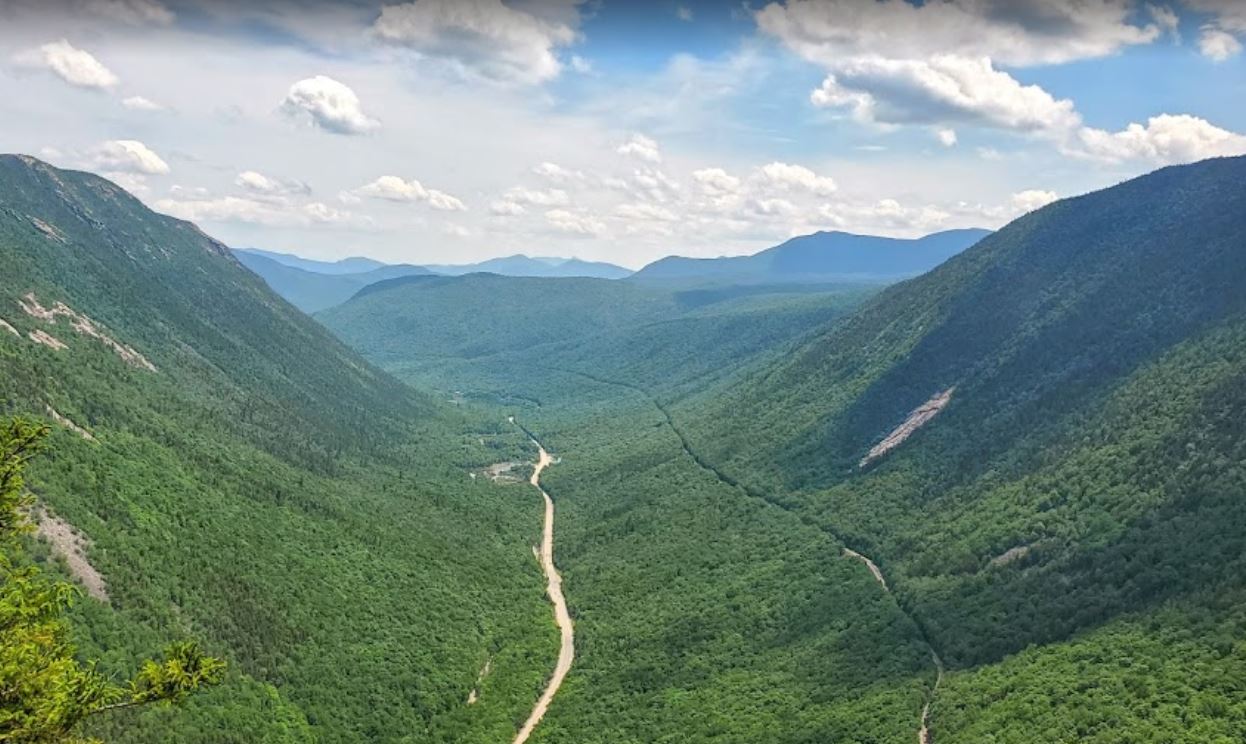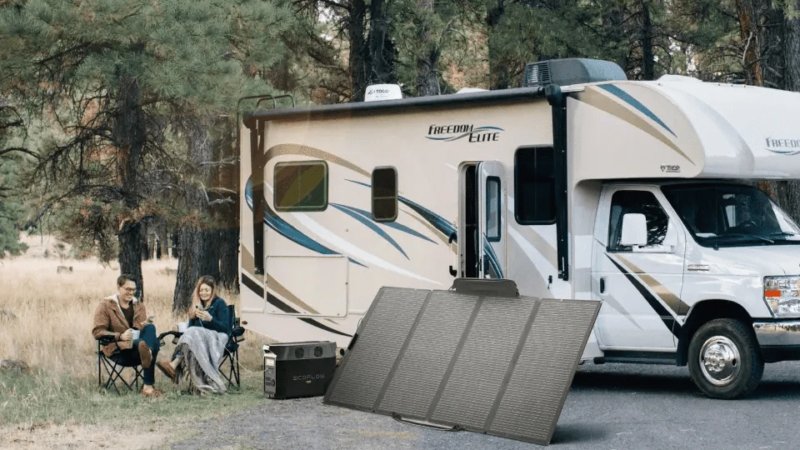Mt. Willard, a hidden gem in New Hampshire’s White Mountains, offers an extraordinary hiking experience that combines accessibility with breathtaking scenery. Though it may not boast the towering heights of other regional peaks, Mt. Willard’s charm lies in its panoramic vistas, rich history, and vibrant natural beauty. In this article, we’ll explore why Mt. Willard should be at the top of your hiking list, delve into its historical significance, and provide practical tips for your visit.
Easy Access and Rewarding Hike
One of the standout features of Mt. Willard is its accessibility, making it a perfect destination for novice and seasoned hikers. The trailhead is conveniently located at the historic Crawford Depot, a charming old railway station that sets the tone for the adventure ahead. From there, the well-marked trail gently ascends through a lush forest, offering a peaceful and scenic journey.
The hike is a moderate 3.2-mile round trip with an elevation gain of about 900 feet, making it a manageable trek for families, beginners, and anyone looking for a shorter yet rewarding hike. As you make your way up, you’ll be surrounded by the calming sounds of nature, from babbling brooks to the rustle of leaves underfoot. The trail’s moderate difficulty and natural beauty make it popular, so you’re likely to share the path with fellow nature enthusiasts.
Despite its relative ease, reaching the summit of Mt. Willard feels like a significant accomplishment. The gradual incline allows hikers to pace themselves comfortably, ensuring that the journey remains enjoyable and not overly strenuous. Whether you’re hiking for exercise, relaxation, or a bit of both, Mt. Willard provides a perfect balance.
Breathtaking Summit Views

The true magic of mt. willard lies in the views from its summit. As you approach the top, the forest opens up, revealing a stunning panorama that stretches across the White Mountains. The summit offers a commanding view of Crawford Notch, a deep valley carved by glaciers over millennia. The sight of the U-shaped Notch, with its cliffs and dense forests, is a testament to the area’s geological history.
On a clear day, the vista from Mt. Willard’s summit is spectacular. You’ll be greeted by a sweeping landscape that includes towering peaks, rolling hills, and an expanse of verdant forests. The view is enchanting in the fall when the foliage bursts into vibrant red, orange, and yellow hues, creating a picturesque scene that’s perfect for photography.
The expansive view provides a sense of tranquility and awe that is hard to match. Standing at the summit, with the world spread out before you, it’s easy to feel a deep connection to nature. This serene spot invites hikers to pause, take a deep breath, and soak in the beauty of the surroundings. Whether you’re snapping photos or simply enjoying the moment, the summit of Mt. Willard is a place of pure wonder.
Historical Significance
Mt. Willard isn’t just a destination for nature lovers; it’s also steeped in history. The Crawford Depot, where the trail begins, is a relic from the 19th century, harking back to when the White Mountains were a premier destination for wealthy tourists. This historic station, part of the old railway network, once welcomed visitors who came to escape the city and immerse themselves in the natural beauty of the mountains.
The area around Crawford Notch has been a vital passage through the White Mountains for centuries. Native American tribes initially used the Notch as a travel route, which later became crucial for European settlers and traders. The Crawford family, for whom the Notch is named, were pioneers in the region, playing a significant role in developing the area for tourism.
As you hike up Mt. Willard, you’ll encounter remnants of this rich history. Old logging roads and the occasional artifacts from past industries add depth to the hike. For history enthusiasts, these elements transform a simple hike into a journey through time, offering a glimpse into the lives and activities of those who once traversed these lands.
Flora and Fauna
Mt. Willard is a haven for nature enthusiasts, offering diverse flora and fauna. The trail passes through different ecological zones with unique plant life. In the lower elevations, hardwood forests are dominated by maple, birch, and beech trees. As you ascend, these give way to conifers like spruce and fir, creating a varied and exciting landscape.
During the spring and summer months, the forest floor is dotted with wildflowers and ferns, adding vibrant splashes of color to your hike. Birdwatchers will be delighted by the variety of avian life, with species such as warblers, woodpeckers, and hawks frequently spotted along the trail. The area is also home to larger mammals like deer and moose, and while black bear sightings are rare, they add a thrill to the adventure.
The changing seasons bring their beauty to Mt. Willard. In winter, the trail is blanketed in snow, offering a serene and magical experience. Spring brings a new life with budding trees and blooming flowers. Summer provides lush greenery and a fantastic retreat from the heat, while fall’s foliage display is spectacular. Each visit to Mt. Willard offers a new perspective and a chance to witness the ever-changing tapestry of nature.
Practical Tips for Your Hike
A few practical tips can enhance your visit to Mt. Willard. While the trail is accessible year-round, the best times to hike are from late spring to fall. Winter hikes are possible but require additional gear like microspikes or snowshoes due to icy conditions.
Wearing proper footwear is crucial. Hiking boots with good ankle support are recommended, as the trail can be rocky and uneven. Bringing plenty of water and snacks is also essential, especially on warmer days. Even though the trail is shaded, staying hydrated is critical to a comfortable hike.
Starting your hike early in the day is a good idea to avoid the crowds, especially on weekends and holidays. Early morning hikes also offer cooler temperatures and the best lighting for photography. Don’t forget to pack a camera or smartphone to capture the stunning views from the summit.
Lastly, always practice Leave No Trace principles. Pack out trash, stay on designated trails, and respect the natural environment. Doing so, you help preserve the beauty of Mt. Willard for future generations to enjoy.
Conclusion: Mt. Willard Awaits
Mt. Willard may not be the tallest mountain in the White Mountains, but it offers an exceptional hiking experience that combines accessibility, stunning views, rich history, and abundant natural beauty. Whether you’re a seasoned hiker or a beginner, Mt. Willard provides a rewarding adventure that leaves a lasting impression.
From the gentle ascent through shaded forests to the awe-inspiring views at the summit, every step of the hike is filled with wonder. The historical significance and diverse flora and fauna add layers of interest to the journey, making it more than just a hike – it explores nature and history.
So, carve out a few hours to hike Mt. Willard next time you’re in New Hampshire. Whether you’re seeking a peaceful escape, a bit of exercise, or a chance to connect with nature, Mt. Willard delivers on all fronts. Happy hiking!




